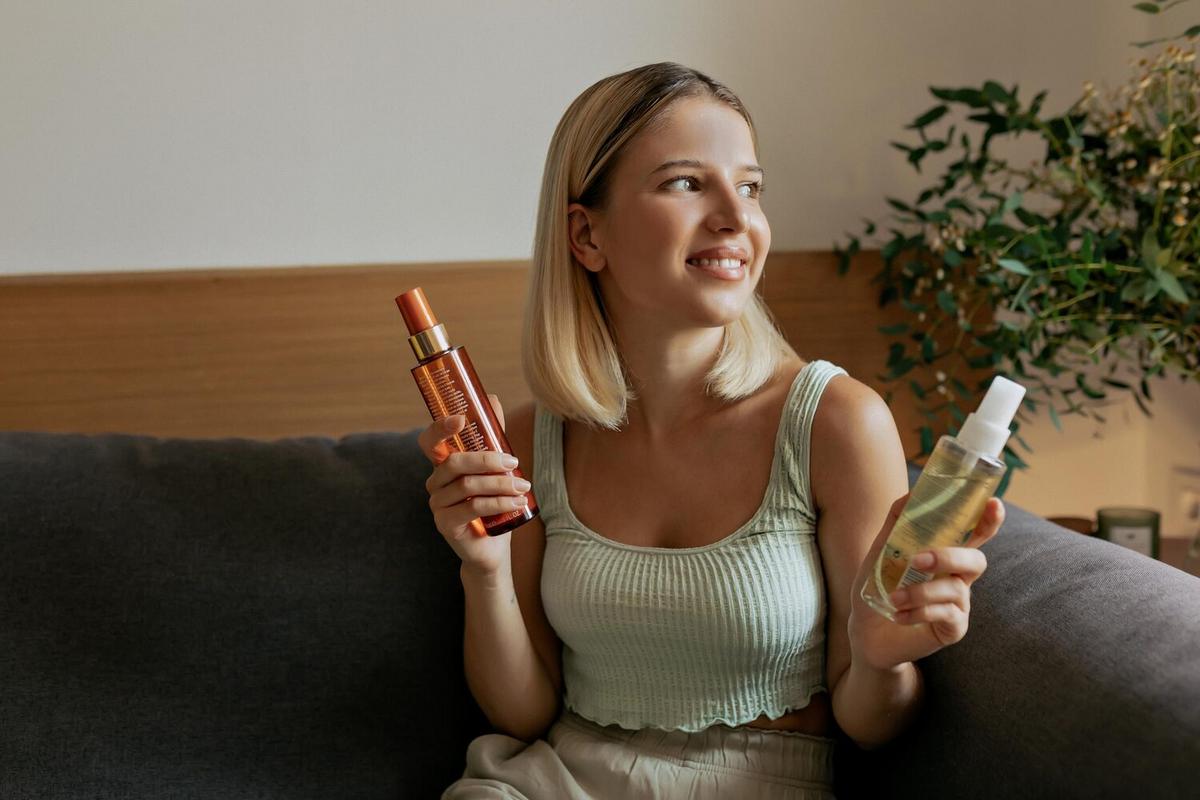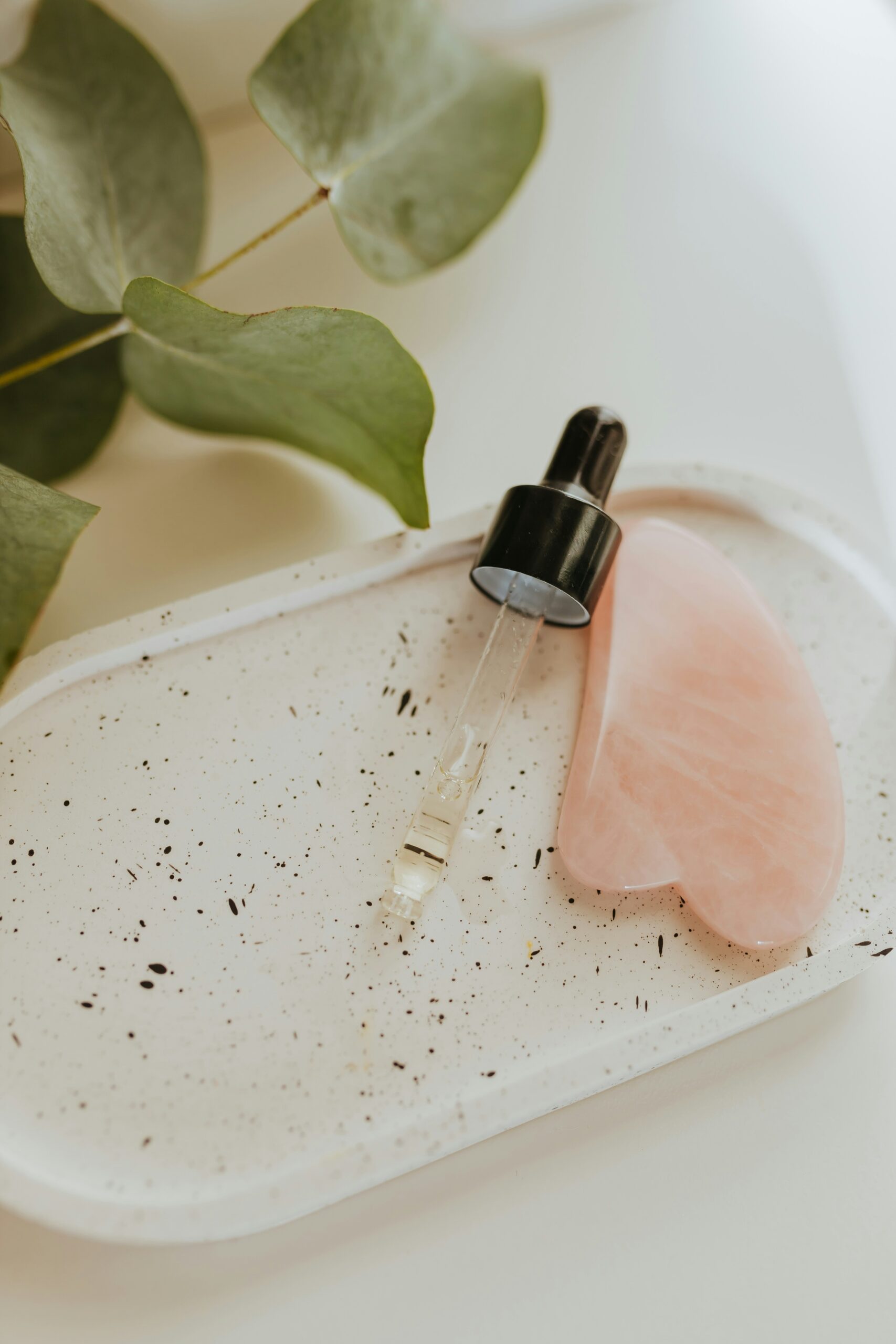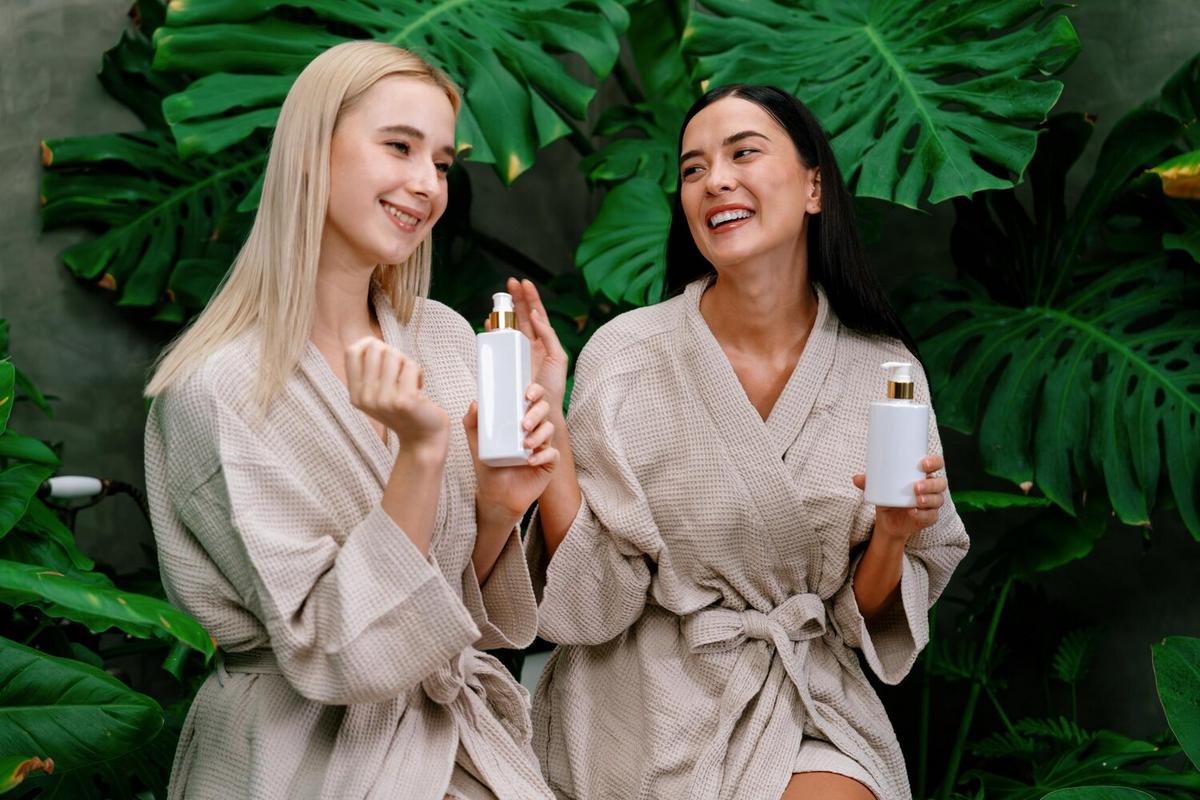In the realm of sustainable beauty, understanding product labels is crucial for making informed choices. Two such labels, “vegan” and “cruelty-free,” often appear on cosmetics, but what do they really mean?
As consumers become more conscious of their purchasing decisions, understanding product labels like “vegan” and “cruelty-free” is essential. These terms, while often used interchangeably, have distinct meanings that can impact your beauty routine and ethical choices.
Understanding Vegan and Cruelty-Free Labels
At its core, a vegan product contains no animal-derived ingredients. This means no honey, beeswax, lanolin, collagen, or other substances sourced from animals. On the other hand, “cruelty-free” implies that a product and its ingredients have not been tested on animals at any stage of development. It’s important to note that a product can be vegan but not cruelty-free, and vice versa.
What Experts Say
Dr. Lila Anderson, a cosmetic scientist, notes, “Choosing vegan and cruelty-free products reflects a commitment to ethical beauty. However, consumers need to research brands to ensure transparency and authenticity.”
Statistics and Research
According to a report by Grand View Research, the global vegan cosmetics market size was valued at USD 15.1 billion in 2020 and is expected to grow significantly. This growth reflects increasing consumer awareness and demand for ethical beauty options.
Personal Experience
Consider Anna, a beauty enthusiast who shifted to vegan and cruelty-free products. She found that not only did her skin respond well to the change, but she also felt more aligned with her values, knowing her beauty routine did not involve animal suffering.
Tips for Choosing Vegan and Cruelty-Free Products
- Check for certification logos from reliable organizations like Leaping Bunny or PETA.
- Research brands’ policies on animal testing and ingredient sourcing.
- Read labels carefully to identify any animal-derived ingredients.
Comparison Table: Vegan vs. Cruelty-Free
| Criteria | Vegan | Cruelty-Free |
|---|---|---|
| Animal-Derived Ingredients | No | Possible |
| Animal Testing | Not specified | No |
| Common Ingredients | Plant-based | Can include animal-derived |
| Certification | Vegan Society, others | Leaping Bunny, PETA |
| Consumer Demand | Growing | High |
| Environmental Impact | Low | Varies |
| Ethical Considerations | Strong | Strong |
| Market Growth | Increasing | Steady |
Frequently Asked Questions
Are all vegan products cruelty-free?
No, a product can be vegan but still tested on animals.
What are some common non-vegan ingredients?
Beeswax, lanolin, and collagen are common non-vegan ingredients found in beauty products.
How can I ensure a product is truly cruelty-free?
Look for certifications from recognized organizations and reach out to brands for transparency.
Conclusion
Understanding the difference between vegan and cruelty-free labels empowers you to make choices that align with your values. Whether you’re motivated by animal welfare, environmental concerns, or both, opting for products with these labels supports a more sustainable beauty industry. As the market continues to grow, staying informed and making ethical choices can drive positive change.




Leave a Reply